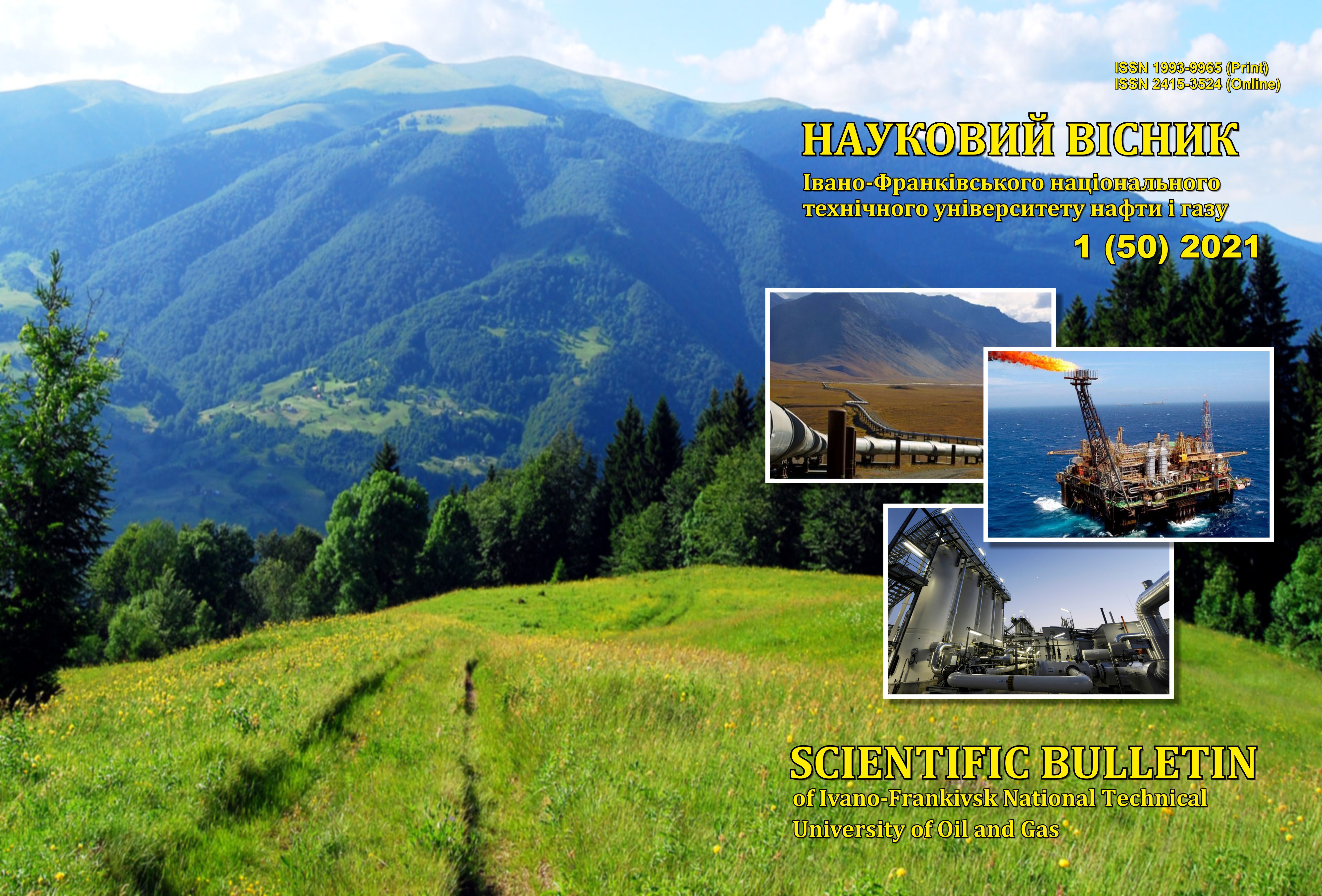Hardness of low-carbon steels during shot blasting
DOI:
https://doi.org/10.31471/1993-9965-2021-1(50)-26-33Keywords:
УкраїнськаAbstract
Low-carbon steels are widely used in mechanical engineering. The surface of products made from such steel is often shot blasted for the purpose of cleaning it, hardening the surface layer, forming roughness, etc. Rational technological modes and efficiency of shot blasting of the surface primarily depends on the dynamic hardness of the material being processed. Some researchers [3-6] offer empirical dependences for determining dynamic hardness with a functional dependence on certain mechanical properties of the material. However, the discrepancy between the calculation results behind these dependencies differ significantly. This indicates insufficient consideration of various factors. This article proposes a method for determining the dynamic hardness of low carbon steels during shot blasting, which takes into account both the factors of the loading mode and the properties of the material. The value of dynamic hardness is calculated by dividing the consumed kinetic energy E by the volume of the extruded hole. Therefore, the process of plastic deformation of the hole under the action of the kinetic energy of the attacking shot was considered. The energy losses of the attacking shot are indicated (for elastic and plastic deformation, for internal friction, as a result of which the metal heats up, for microcutting, external friction, splitting of the shot and dissipative losses). An analytical dependence acceptable for practical use is proposed, which takes into account the loading conditions. It is shown that the dynamic hardness of low-carbon steels during shot blasting is directly proportional to the square of the mass of the attacking shot, the attack speed, depends on the coefficient of recovery of the shot speed and on the amount of energy loss, and is inversely proportional to the square of the roughness parameter and the diameter of the sphere described around the shot. The coefficients also indirectly take into account the mechanical properties of the material. The calculated values of the dynamic hardness of low-carbon steels are approximately 2…3 times lower than the static one. This is due to significant energy losses due to internal friction, which causes softening of elementary volumes of metal in the affected zone due to its heating. The actual value of the dynamic hardness of low-alloy steels during shot blasting, determined behind this technique, provides a reasonable choice of rational technological modes and the effectiveness of the shot blasting process from a given result.
Downloads
References
Dynamika ta mitsnistenerhetychnykh i silskohospodarskykhmashyntabiotekhnichnykhsystem: kolektyvnamonohrafiia / zared. O.V.Horyka, S.B.Kovalchuka. Poltava: vydavny-tstvo «Simon», 2015. 116 p. [in Ukrainian]
ISO 14577-1:2015 Metallic materials – Instrumented indentation test for hardness and materials parameters – Part 1: Test method.
Kudryavtsev I.V. Sovremennoesosto-yanieiperspektivyrazvitiyametodovpovysheniyaprochnostiidolgovechnostidetaleymashin PPD. Vestnikmashinostroeniya. 1970. No 1. P. 9-13; Vestnikmashinostroeniya. 1972. No 1. P. 35-38. [in Russian]
Drozd M. S., Matlin M. M., Sidyakin Yu. I.Inzhenernyieraschetyiuprugoplasticheskoydeformatsii. M.: Mashinostroenie, 1986. 224 p. [in Russian]
Kusch V. I., Dub S. N. Otsenkauprugoplasticheskihsvoystvmaterialovpodannyimnanoindentirovaniyaikompyuternogomodelirovaniya. Sverhtverdyiematerialy. 2012. No3. P. 3-12. [in Russian]
Milman Yu. V., Grinkevich K. E., Mordel L. V. Izuchenievliyaniyausloviydinamicheskogoindentirovaniyanamehanicheskiesvoystvananokristallicheskogovolframaipolikristallicheskoymedi. Voprosyiatomnoynaukiitehniki. Seriya: Fizikaradiatsionnyihpovrezhdeniyiradiatsionnoematerialovedenie. 2011. No 4. P .73-77. [in Russian]
https://evek.com.ua/materials.html[in Russian]
https://metinvestholding.com/ua/products/
steel-grades/09g2s [in Russian]
Kuhling H. Spravochnikpofizike / Per.s nem. M.: Mir, 1982. 520p. [in Russian]
Artamonov E. V., Vasilev D. V., Uteshev M. H. Rezaniemetallovitemperaturnyiyfaktor: uchebnoeposobie / pod obsch.red. M.H.Utesheva.Tyumen: TyumNGU,2012. 150p. [in Russian]
Mozhin N. A., Avrelkin V. A., Fedulov E.A. Osnovyiteoriirezaniyamaterialov: uchebnoeposobie. Ivankovo: NVGPU, 2018. 84p. [in Russian]
Maslov E. N. Teoriyashlifovaniyamaterialov. S.: Mashinostroenie. 1974. 320 p. [in Russian]
ZeldovichYa. V., Yaglom I. M. Vysshayamatematikadlyanachinayuschihfizikovitehnikov. M.: Nauka, 1982. 510p. [in Russian]
Downloads
Published
How to Cite
Issue
Section
License
Авторські права....


1.png)

















